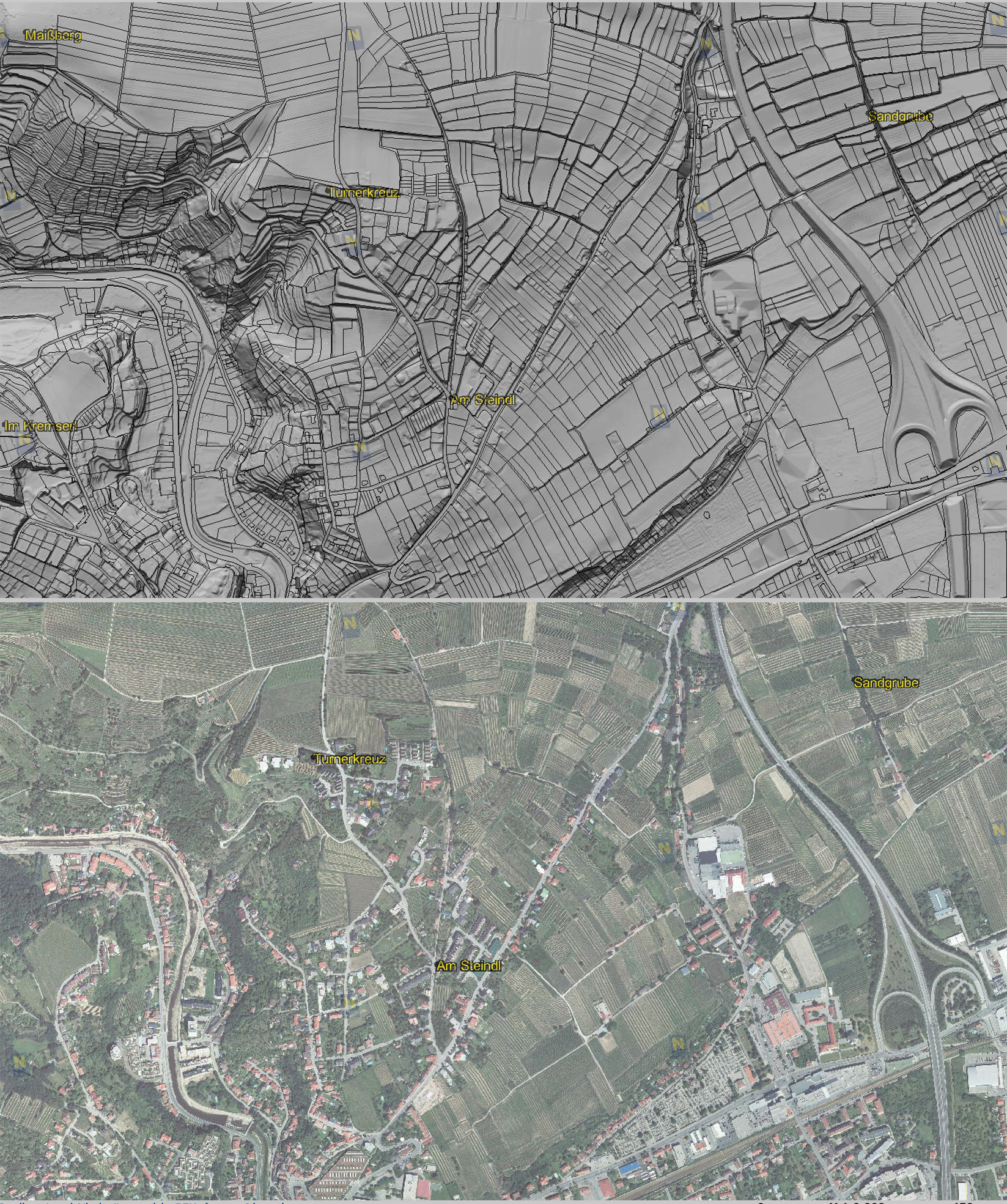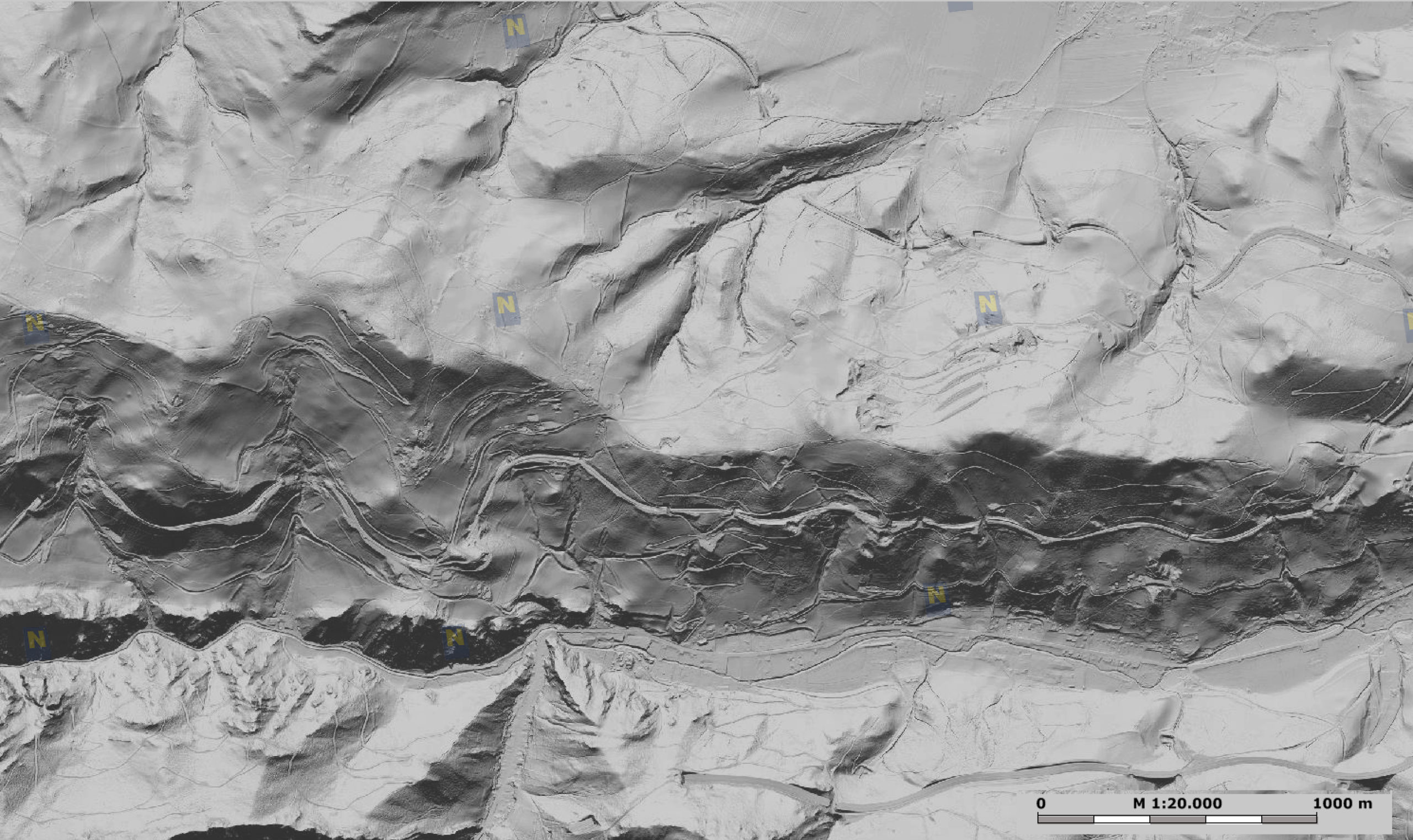Water on Mars?
We have had this question for a while now. It is more like, someone please tell me what went on that planet, and why are we spending billions of dollars to explore it? Simple answer is we want to know what might happen to our little blue ball in the future. And if we happen to understand Mars, may be we might find a way to better understand our own unpredictable fate!
We have some clues now, and when they put it as “clues” they really want to stress the word there. Researchers in Georgia Institute of Technology have found some strong “clues” about the seasonal features called “recurring slope lineae” (RSL) on Mars. As Latin as it sounds, RSL are features indicating flow and a hot topic among red planet researchers. NASA’s Mars orbiter has returned these clues which might be the strongest indication of liquid water that might exist on the planet today!!
“We still don’t have a smoking gun for existence of water in RSL, although we’re not sure how this process would take place without water,” said Lujendra Ojha, a graduate student at the Georgia Institute of Technology.
The leading hypothesis for these features is the flow of near-surface water, kept liquid by salts depressing the freezing point of pure water. “The flow of water, even briny water, anywhere on Mars today would be a major discovery, impacting our understanding of present climate change on Mars and possibly indicating potential habitats for life near the surface on modern Mars,” said Mars Reconnaissance Orbiter Project Scientist Richard Zurek.
If you are still reading this post, you might really want to check the whole news article published by the Jet Propulsion Laboratory. Click here and get excited!
Did you like this post? Read more and subscribe to our monthly newsletter!









